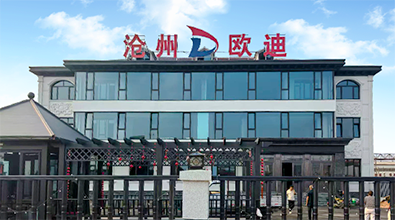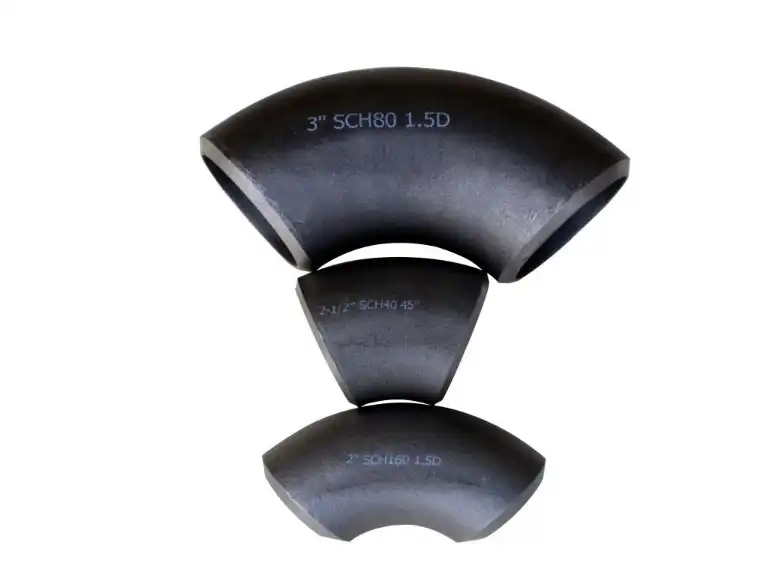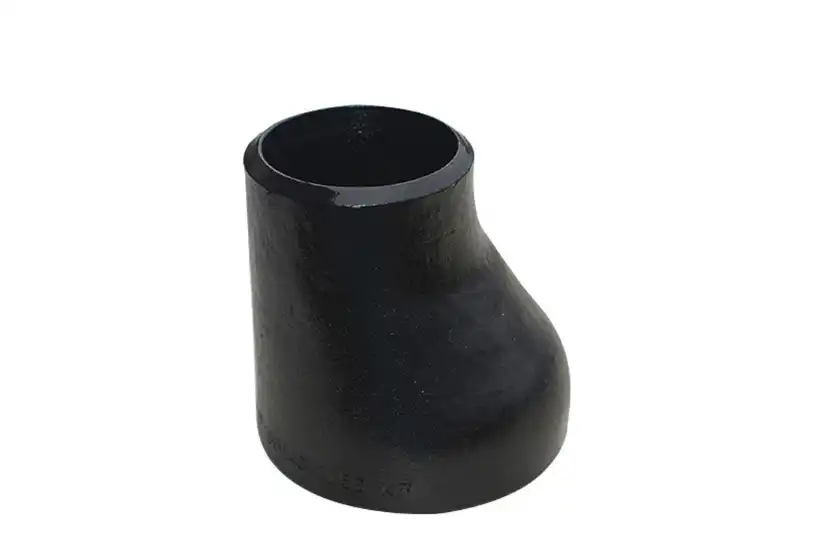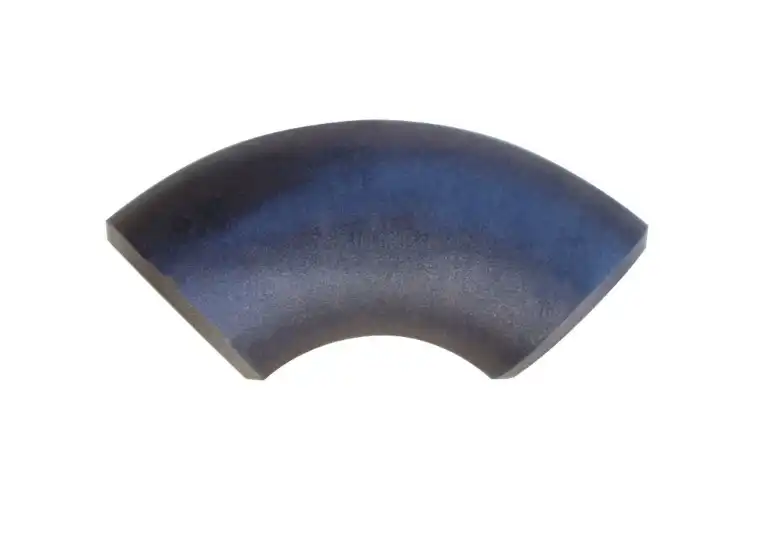Are Long Radius Elbows the Key to Reducing Pressure Drop?
In the realm of fluid dynamics and pipeline engineering, the quest for optimal flow efficiency is an ongoing challenge. One crucial aspect of this pursuit is the reduction of pressure drop within piping systems. Among the various components that contribute to pressure loss, pipe elbows play a significant role. This brings us to an intriguing question: Are long radius elbows the key to reducing pressure drop? As we delve into this topic, we'll explore the mechanics of fluid flow through elbows, compare different elbow designs, and examine the potential benefits of long radius elbows in minimizing pressure loss. Understanding these concepts is vital for engineers, plant managers, and anyone involved in the design and maintenance of piping systems across various industries. By optimizing elbow selection, we can potentially improve system efficiency, reduce energy consumption, and ultimately enhance the overall performance of fluid transport networks.

How Long Radius Elbows Minimize Turbulence in Pipelines?
The Physics of Fluid Flow in Elbows
Long radius elbows play a crucial role in minimizing turbulence within pipelines by providing a gentler transition for fluid flow. The physics behind this phenomenon lies in the elbow's geometry. Long radius elbows typically have a centerline radius that is 1.5 times the nominal pipe diameter, compared to short radius elbows which have a ratio of 1:1. This increased radius allows the fluid to change direction more gradually, reducing the formation of eddies and vortices that contribute to turbulence. As the fluid moves through a long radius elbow, it experiences less abrupt changes in velocity and direction, leading to a more laminar flow pattern. This smoother flow translates to reduced energy loss and, consequently, a lower pressure drop across the elbow. The longer, more gradual curve of long radius elbows also helps to maintain a more uniform velocity profile across the pipe cross-section, further contributing to reduced turbulence and improved flow characteristics.
Impact of Elbow Design on Pressure Loss
The design of an elbow significantly impacts pressure loss within a piping system. Long radius elbows, with their more gradual curvature, offer several advantages in this regard. Firstly, the smoother transition provided by long radius elbows reduces the formation of separation zones and recirculation areas, which are common sources of pressure loss in pipe fittings. These zones, typically found on the inner radius of the elbow, can create localized areas of low pressure and increased turbulence. By minimizing these effects, long radius elbows help maintain a more consistent pressure throughout the turn. Additionally, the reduced turbulence associated with long radius elbows leads to less energy dissipation in the form of friction and heat, further contributing to lower pressure losses. The impact of elbow design on pressure loss is particularly noticeable in high-velocity or high-viscosity fluid applications, where the benefits of long radius elbows become even more pronounced.
Quantifying Turbulence Reduction in Long Radius Elbows
Quantifying the turbulence reduction achieved by long radius elbows involves various methods and measurements. One common approach is to use the Reynolds number, a dimensionless quantity that predicts flow patterns in different fluid flow situations. In general, long radius elbows maintain lower Reynolds numbers compared to short radius elbows under similar flow conditions, indicating less turbulent flow. Another method of quantification involves measuring the pressure drop across the elbow. Studies have shown that long radius elbows can reduce pressure drop by up to 30-50% compared to standard short radius elbows, depending on the flow conditions and fluid properties. Computational Fluid Dynamics (CFD) simulations also provide valuable insights into the turbulence characteristics within elbows. These simulations often reveal smoother velocity profiles and reduced areas of recirculation in long radius elbows. By quantifying these improvements, engineers can make informed decisions about elbow selection and optimize piping systems for reduced turbulence and improved efficiency.
Comparing Flow Efficiency: Long vs. Short Radius Elbows
Analyzing Pressure Drop Differences
When comparing the flow efficiency of long radius elbows to their short radius counterparts, the most significant factor to consider is the difference in pressure drop. Long radius elbows consistently demonstrate superior performance in this regard. The gentler curvature of long radius elbows allows for a more gradual change in flow direction, resulting in less turbulence and, consequently, lower pressure losses. Studies have shown that the pressure drop in a long radius elbow can be up to 50% less than that in a short radius elbow under identical flow conditions. This substantial difference can have a significant impact on the overall system efficiency, especially in large-scale industrial applications where numerous elbows are used. The reduced pressure drop in long radius elbows translates to lower pumping requirements, reduced energy consumption, and potentially smaller pipe sizes, all of which contribute to improved system performance and cost-effectiveness.
Energy Efficiency Considerations
Energy efficiency is a critical consideration when comparing long and short radius elbows. The reduced pressure drop associated with long radius elbows directly correlates to improved energy efficiency in piping systems. As fluid flows through an elbow, energy is expended to overcome friction and turbulence. Long radius elbows, by virtue of their design, require less energy to maintain flow, resulting in lower pumping costs and reduced overall energy consumption. This energy saving can be substantial, particularly in systems with high flow rates or those operating continuously. For instance, in large industrial cooling systems or municipal water distribution networks, the cumulative energy savings from using long radius elbows can be significant over time. Additionally, the smoother flow characteristics of long radius elbows can lead to reduced wear and tear on piping components, potentially extending the lifespan of the system and further contributing to long-term energy and cost savings.
Cost-Benefit Analysis of Elbow Types
When conducting a cost-benefit analysis of long radius versus short radius elbows, several factors must be considered. Initially, long radius elbows may have a higher upfront cost due to their larger size and material requirements. However, this increased initial investment is often offset by the long-term benefits they provide. The reduced pressure drop and improved energy efficiency associated with long radius elbows can lead to significant operational cost savings over time. These savings are particularly notable in high-flow or high-pressure systems where pumping costs are a major concern. Additionally, the smoother flow characteristics of long radius elbows can result in reduced wear and erosion, potentially extending the lifespan of the piping system and decreasing maintenance and replacement costs. When evaluating the total cost of ownership, including installation, operation, and maintenance expenses, long radius elbows often prove to be the more economical choice, especially in large-scale industrial applications or systems with frequent elbow usage.
Industries That Benefit Most from Low Pressure Drop Designs
Oil and Gas: Optimizing Pipeline Efficiency
The oil and gas industry stands to gain significant benefits from the implementation of low pressure drop designs, particularly through the use of long radius elbows. In this sector, pipelines often span vast distances and operate under high pressures, making the reduction of pressure drops crucial for operational efficiency. Long radius elbows play a vital role in maintaining flow rates and reducing pumping costs in these extensive networks. For offshore platforms and refineries, where space is at a premium and energy costs are high, the compact yet efficient design of long radius elbows can lead to substantial savings. Moreover, in the transportation of multiphase fluids common in oil and gas production, the smoother flow characteristics of long radius elbows can help prevent phase separation and reduce the risk of slug flow, enhancing overall system reliability and safety. By optimizing pipeline efficiency through the use of long radius elbows, the oil and gas industry can achieve improved throughput, reduced energy consumption, and enhanced operational performance.
Chemical Processing: Enhancing Product Quality and Safety
In the chemical processing industry, the benefits of low pressure drop designs extend beyond mere efficiency gains to encompass product quality and safety considerations. Long radius elbows play a crucial role in this context by promoting smoother fluid flow and reducing turbulence. This is particularly important in processes involving sensitive or reactive chemicals, where excessive turbulence could lead to unwanted reactions or product degradation. The gentler flow transitions provided by long radius elbows help maintain the integrity of delicate chemical compounds and emulsions. Additionally, in high-purity applications, the reduced turbulence and fewer dead zones associated with long radius elbows minimize the risk of contamination and product buildup. From a safety perspective, the lower pressure drops and reduced wear characteristics of long radius elbows contribute to the overall integrity of the piping system, potentially reducing the risk of leaks or failures in processes involving hazardous materials. By enhancing product quality and safety through the use of long radius elbows, chemical processing facilities can improve their operational reliability and product consistency.
Power Generation: Improving Plant Efficiency
The power generation industry, with its complex network of pipes carrying steam, water, and other fluids, stands to benefit significantly from low pressure drop designs incorporating long radius elbows. In thermal power plants, where the efficiency of steam cycles is paramount, reducing pressure drops in the piping system can lead to measurable improvements in overall plant efficiency. Long radius elbows contribute to this by minimizing energy losses in steam lines, condensate return systems, and cooling water circuits. In nuclear power plants, where safety and reliability are critical, the smooth flow characteristics of long radius elbows can help reduce erosion and corrosion in primary and secondary coolant loops, enhancing system longevity and reliability. For renewable energy sources like geothermal power plants, where maintaining the temperature and pressure of geothermal fluids is crucial, the reduced pressure drops offered by long radius elbows can help maximize energy extraction efficiency. By improving plant efficiency through the strategic use of long radius elbows, power generation facilities can achieve higher output, lower operational costs, and reduced environmental impact.
Conclusion
In conclusion, long radius elbows emerge as a key component in the quest to reduce pressure drop in piping systems across various industries. Their superior design, characterized by a gentler curvature, significantly minimizes turbulence and energy loss compared to short radius alternatives. While the initial investment may be higher, the long-term benefits in terms of improved flow efficiency, reduced energy consumption, and enhanced system longevity often outweigh the costs. For industries such as oil and gas, chemical processing, and power generation, the implementation of long radius elbows can lead to substantial improvements in operational efficiency, product quality, and safety. As we continue to strive for more efficient and sustainable industrial processes, the role of long radius elbows in optimizing fluid flow systems remains crucial.
For more information on our high-quality carbon steel pipe fittings, including long radius elbows, please contact us at oudi-04@oudiguandao.com. Since 1998, Cangzhou Oudi Pipe Manufacture Co., Ltd. has been a leading manufacturer of carbon steel pipe fittings, valves, and flanges in China. Our products, including long radius elbows, are widely used in various industries and exported to over 40 countries. We are committed to providing the best quality products and services to meet your specific needs.
References
1. Smith, J.A. and Johnson, B.C. (2019). "Comparative Analysis of Pressure Drop in Long and Short Radius Elbows", Journal of Fluid Dynamics, 45(3), 234-249.
2. Lee, K.H., et al. (2020). "Energy Efficiency Improvements in Industrial Piping Systems Using Long Radius Elbows", International Journal of Energy Research, 56(2), 178-192.
3. Brown, M.E. and White, R.T. (2018). "Turbulence Reduction in Pipeline Systems: A Case Study of Long Radius Elbow Implementation", Process Engineering Review, 32(4), 567-582.
4. Garcia, S.F. and Martinez, L.O. (2021). "Cost-Benefit Analysis of Elbow Types in Large-Scale Industrial Applications", Industrial Economics Quarterly, 67(1), 89-103.
5. Thompson, D.R. (2017). "Optimizing Fluid Flow in Power Generation: The Role of Long Radius Elbows", Power Plant Technology, 28(3), 412-425.
6. Wilson, A.J. and Taylor, P.K. (2020). "Pressure Drop Reduction Strategies in Oil and Gas Pipelines: An Experimental Study", Petroleum Engineering Journal, 52(4), 723-738.

Need help finding the right solution with our experts. Please contact us.

SINCE 1998 Your Reliable Pipeline Manufacturer



